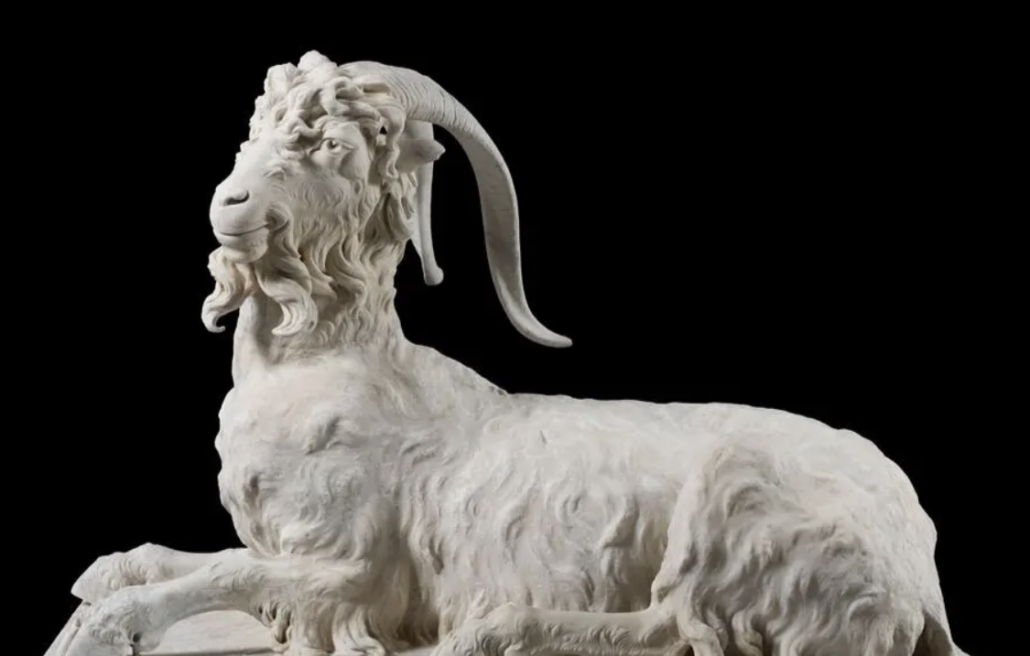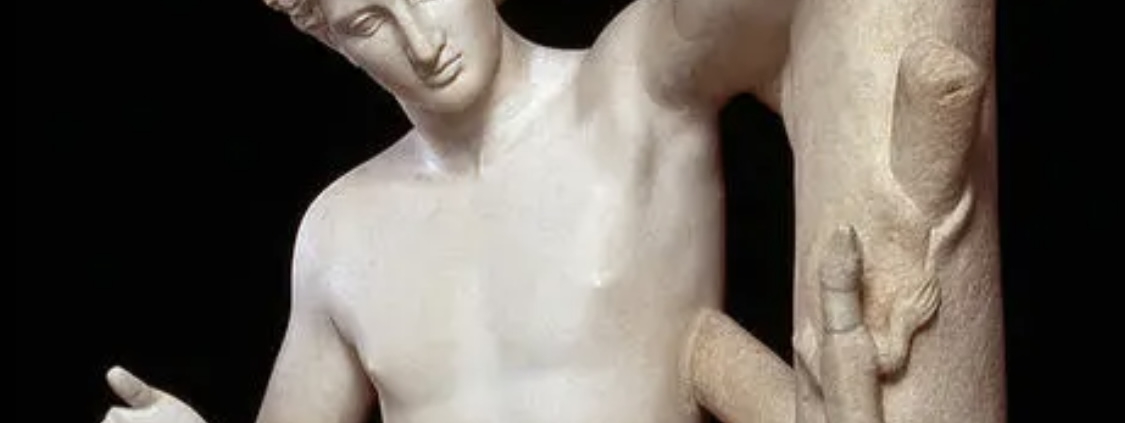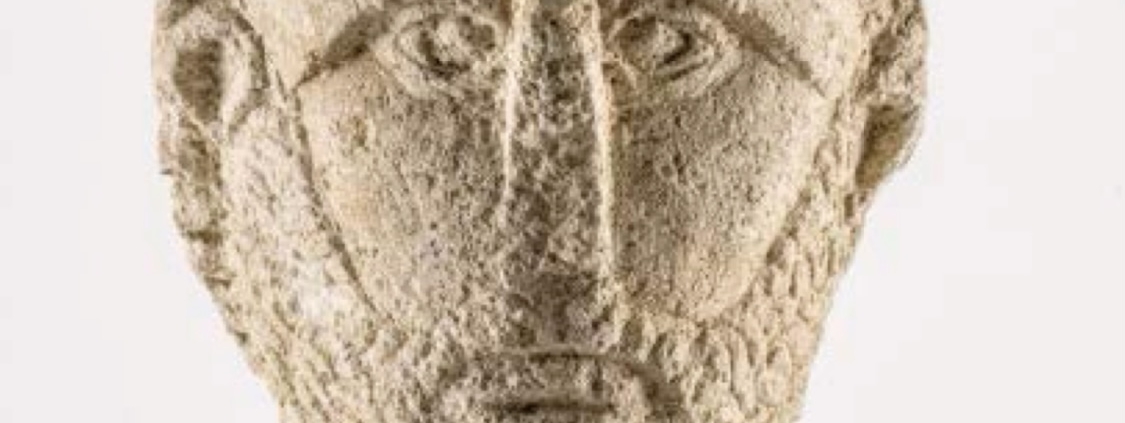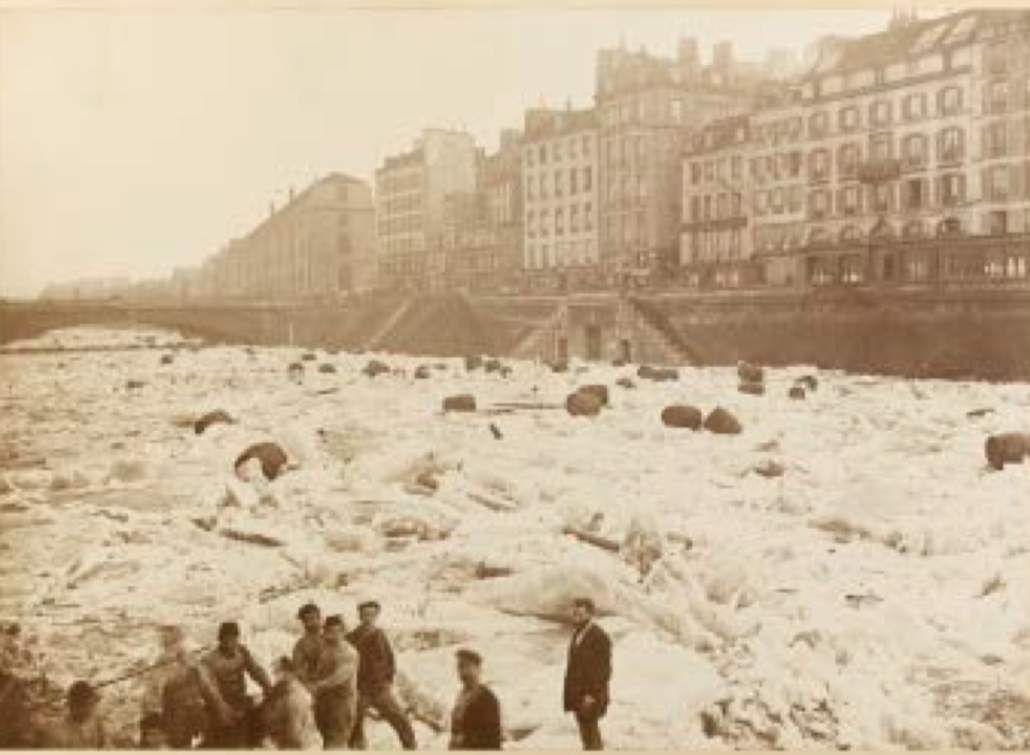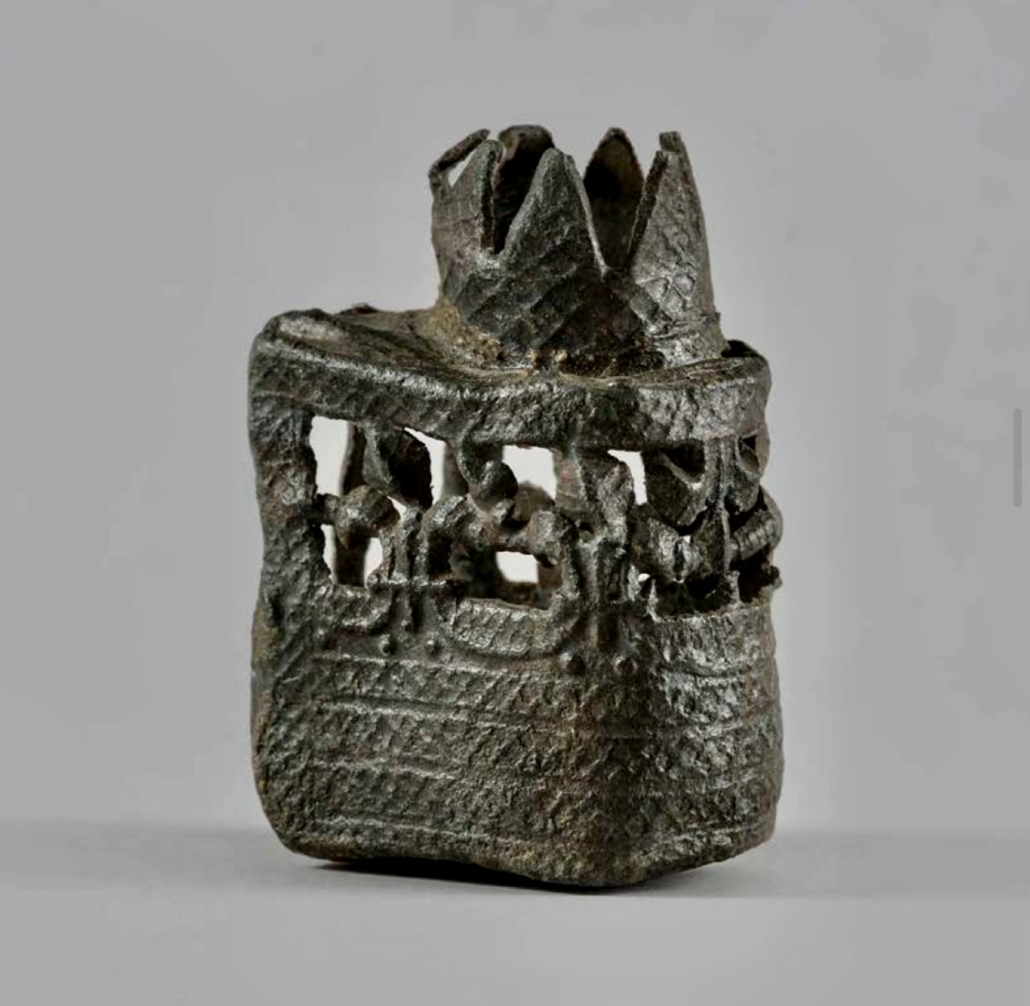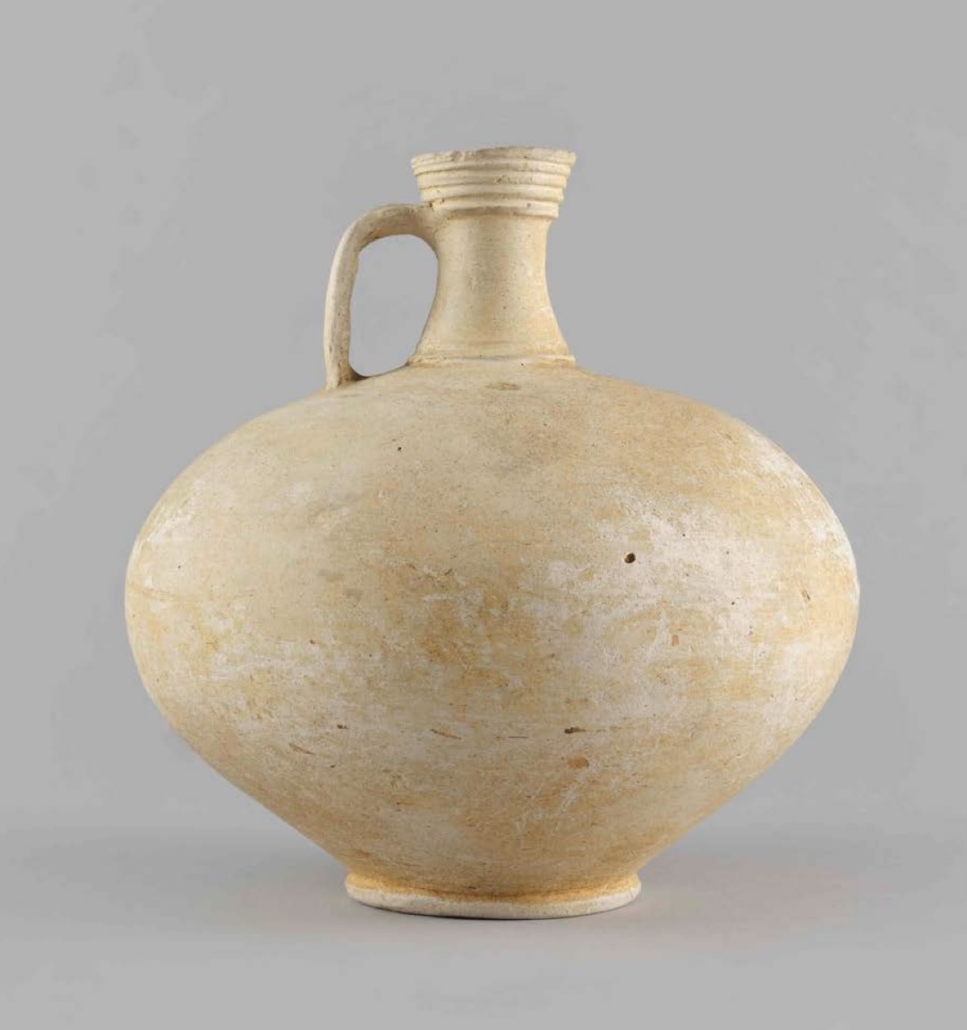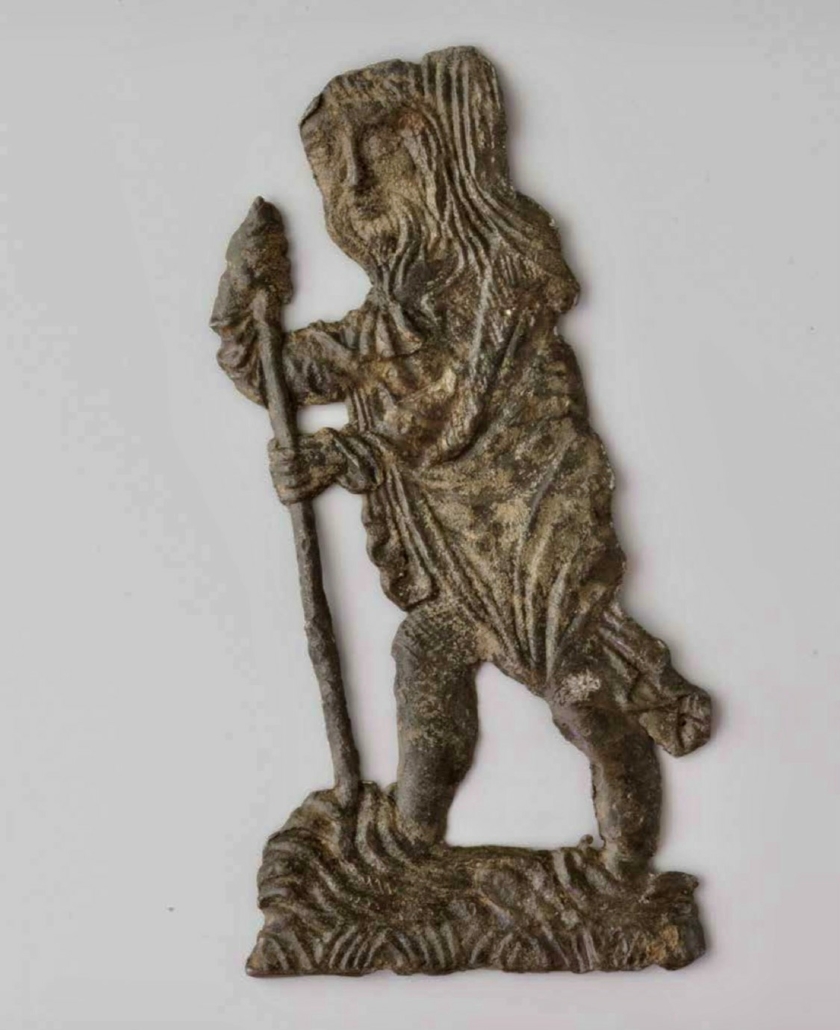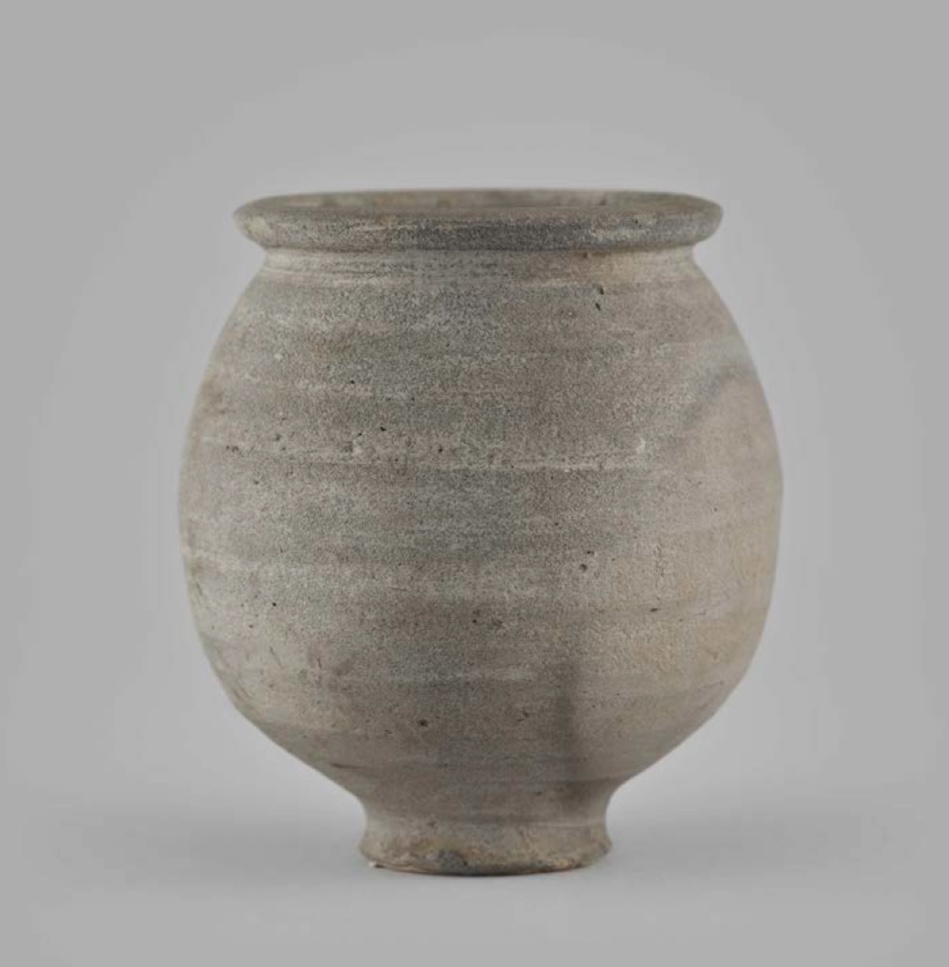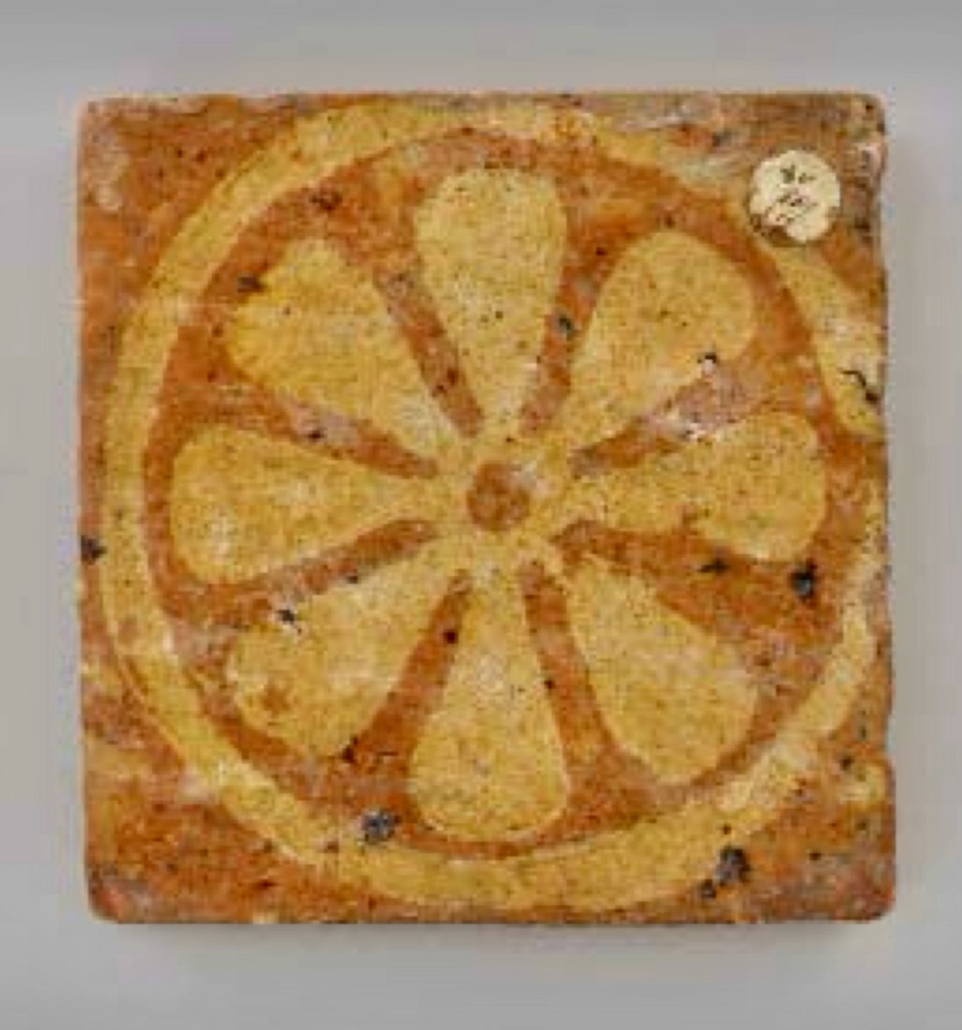Masterpieces from the Torlonia Collection
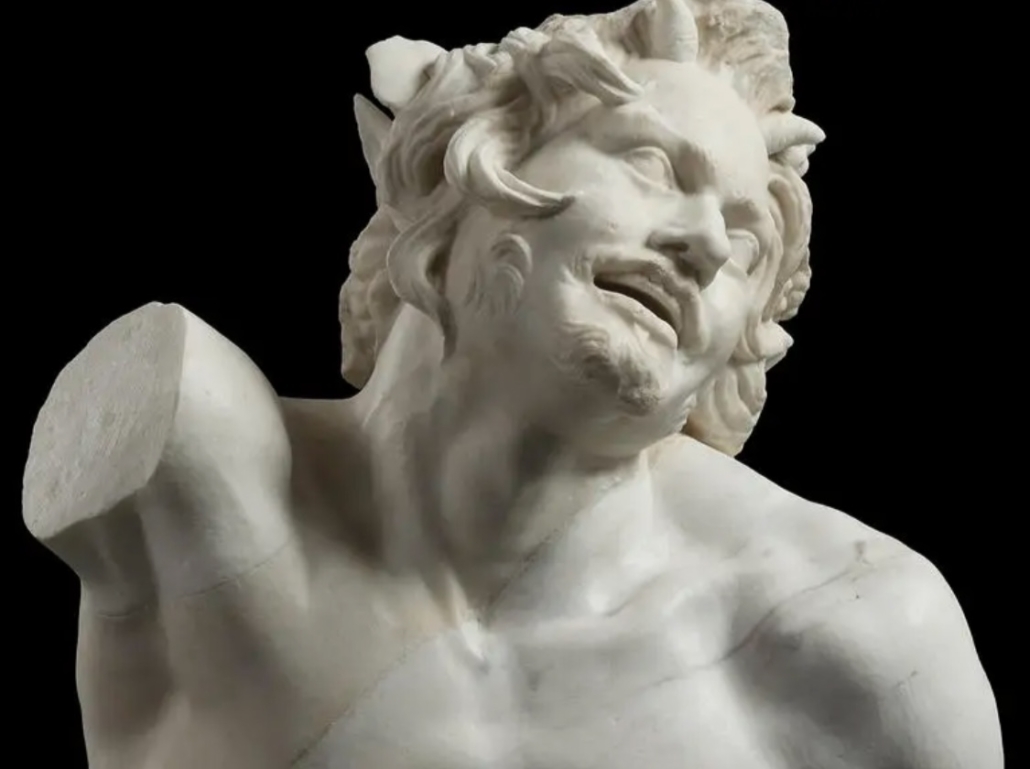
The largest private collection of ancient Roman sculpture preserved to date – that gathered by the Torlonia princes throughout the 19th century in Rome – is being revealed to the public for the first time since the mid-20th century in a series of exhibitions – events.
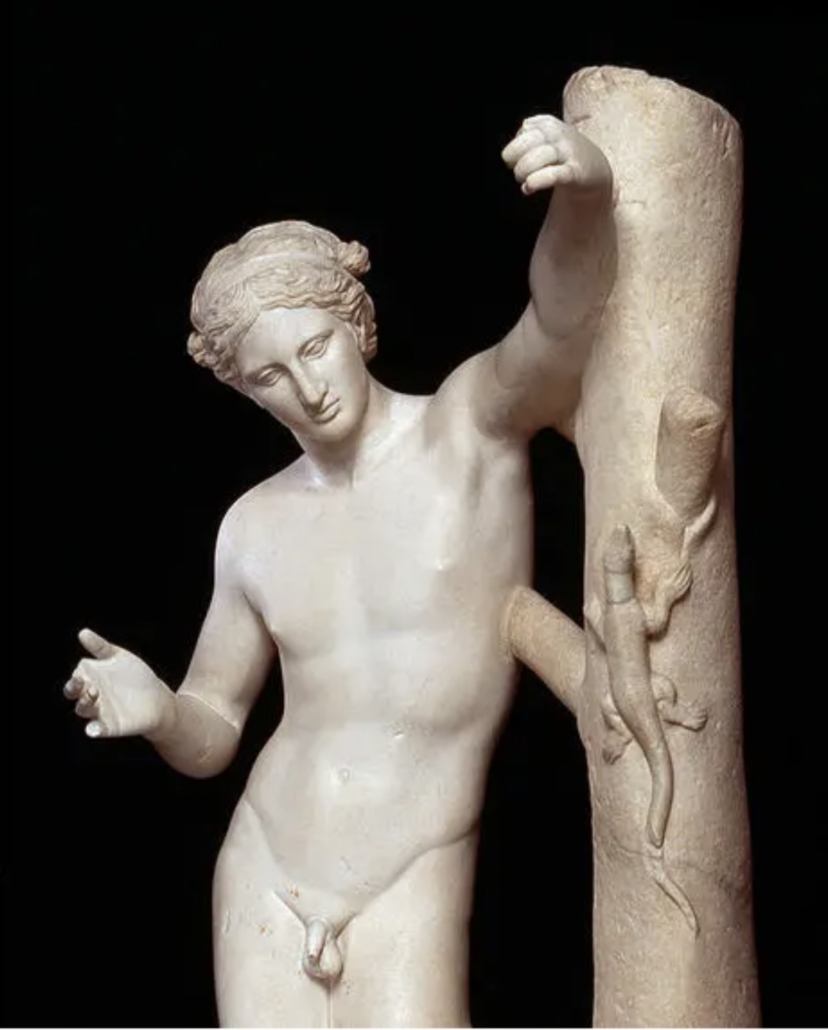
It is at the Louvre that the Torlonia marbles are installed for their first stay outside Italy, in the restored setting of the apartments of Anne of Austria, home to the permanent collections of ancient sculpture since the end of the 18th century and the birth of the Louvre Museum. The French national collections willingly lend themselves to a fruitful dialogue with the Torlonia marbles, which questions the origins of museums and the taste for Antiquity, a founding element of Western culture.
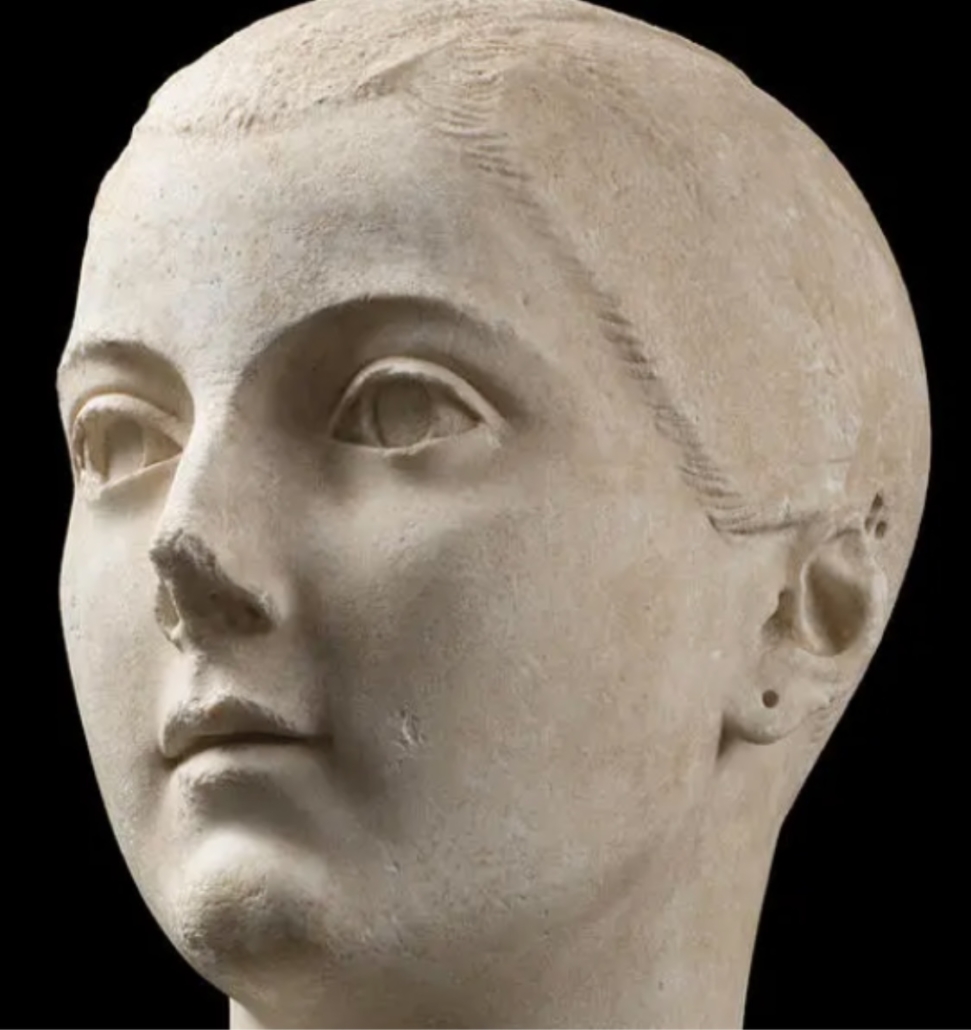
This exhibition highlights masterpieces of ancient sculpture and invites visitors to contemplate the undisputed jewels of Roman art, but also to delve into the roots of the history of museums, in the Europe of the Enlightenment and the 19th century.
